1. Линия разрыва
Chapter 5 covers various ways of building views, how to create HTML forms quickly, and how to validate your forms using CodeIgniter's validation class.
Chapter 6 looks at one of the basic questions affecting any website i.e. session management and security; we also explore CodeIgniter's session class.
Chapter 7 covers the way in which CodeIgniter uses objects, and the different ways in which you can write and use your own objects.
Chapter 8 covers CodeIgniter classes to help with testing: Unit tests, Benchmarking, the 'profiler' and ways in which CodeIgniter helps you to involve your database in tests without scrambling live data.
Chapter 9 looks at using CodeIgniter's FTP class and email class to make communication easier, and then we venture into Web 2.0 territory using XML-RPC.
Chapter 10 talks about CodeIgniter classes that help in overcoming problems arising regularly when you are building a website, for example, the date helper, the text and inflector helpers, the language class, and the table class.
Chapter 11 looks at several useful CodeIgniter functions and helpers: file helper, download helper, file upload class, image manipulation class, and the ZIP class.
Chapter 12 covers exploring your config files, using diagnostic tools, and potential differences between servers, along with some notes on security.
Preface[ 3 ]Chapter 13 shows you how to generalize CRUD operations so that you can do them with two classes: one for the controller, and one for the CRUD model.
Chapter 14 looks at some coding examples, bringing together a lot of the functions that have been discussed bit by bit in the preceding chapters.
Chapter 15 looks at some of the resources available to you when you start to code with CodeIgniter, such as the libraries for AJAX and JavaScript, authentication, charting, and CRUD.



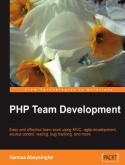
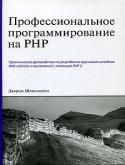
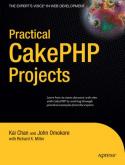
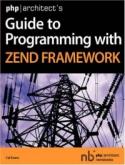
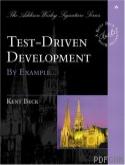
Ребята перезалейте ссылку пожалуйста! Очень нужна книга!
Обновил пост.